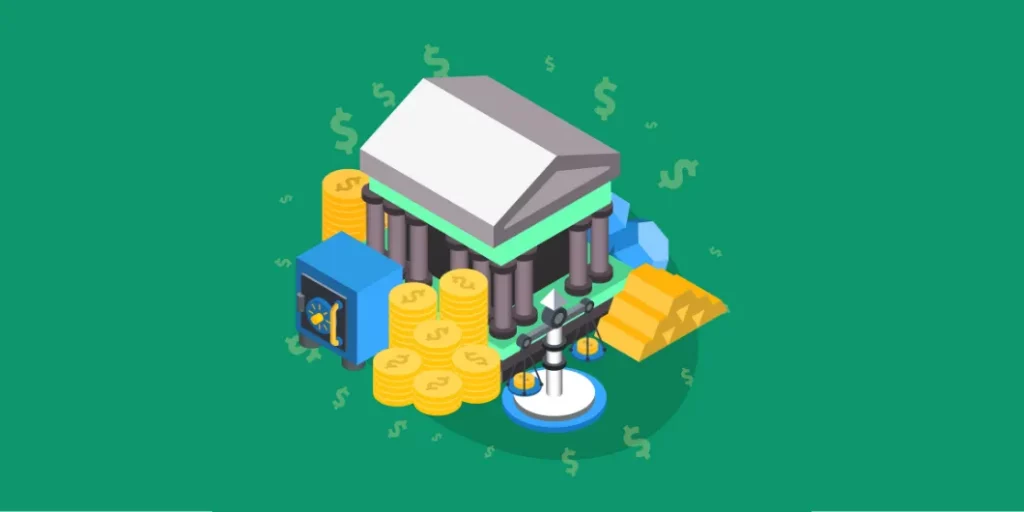The Federal Reserve, often called the FED, is the central bank of the United States. It plays a crucial role in the global financial system, influencing economic stability, monetary policy, and overall growth. Its decisions shape interest rates, impact inflation, and affect everything from employment levels to the stock market.
Why Interest Rates Matter
Interest rates are the cost of borrowing money, affecting everything from home loans to credit cards. The FED sets the benchmark rate, known as the federal funds rate, which influences broader interest rates across the economy. A small change in this rate can have a ripple effect, altering consumer spending, business investments, and even global currency values.
How the FED Determines Interest Rates
The FED uses a set of tools to manage interest rates and control economic stability:
- Open Market Operations (OMO): Buying and selling government securities to influence liquidity.
- Discount Rate Adjustments: Changing the interest rate banks pay to borrow from the FED.
- Reserve Requirements: Adjusting the amount of money banks must keep in reserve.
Decisions on interest rates depend on several factors, including inflation trends, employment levels, GDP growth, and global economic shifts. If inflation rises too fast, the FED increases rates to slow spending. If unemployment is high, lower rates encourage borrowing and job creation.
How FED Rate Changes Affect the Economy
1. Inflation and Price Stability
Higher interest rates make borrowing expensive, slowing down consumer spending and business expansion. This helps control inflation. On the flip side, lower rates encourage spending, which can lead to rising prices. The FED aims for a balanced inflation rate, usually around 2%.
2. Employment and Wages
Interest rates also affect jobs. When borrowing is cheap, businesses expand, hire more workers, and wages rise. But if rates go up too quickly, companies may cut back on hiring, potentially slowing wage growth.
3. Stock Market and Investments
Rate hikes often make stocks less attractive as investors shift towards safer assets like bonds. On the other hand, lower rates can trigger market rallies by making borrowing easier for businesses and investors. Some sectors, like tech, thrive in low-rate environments, while financials often benefit from higher rates.
4. Housing Market and Real Estate
Mortgage rates move in line with the FED’s decisions. Higher rates make home loans more expensive, slowing down home purchases and cooling real estate prices. In contrast, lower rates can boost demand, driving up property values.
5. Banking Sector and Credit Markets
Banks adjust their lending rates based on the FED’s moves. When rates rise, loans become more expensive for consumers and businesses, leading to reduced borrowing. Credit card rates, auto loans, and business financing all shift accordingly.
6. USD Strength and Global Currency Markets
A stronger dollar can result from rising U.S. interest rates, making American exports less competitive but benefiting importers. Emerging markets, often reliant on dollar-denominated debt, can struggle when the dollar strengthens. Cryptocurrency markets also feel the effects, as investors shift focus based on liquidity and risk appetite.
The FED’s Role in Crypto Markets
Cryptocurrencies have increasingly responded to FED policies. When rates rise, riskier assets like Bitcoin often see outflows as investors seek safer returns. A liquidity crunch can tighten capital for crypto projects, slowing institutional adoption. Stablecoins, often pegged to fiat currencies, may also react to interest rate changes, affecting yields and stability.
Major FED Interest Rate Decisions in History
- 2008 Financial Crisis: The FED slashed rates to near zero to stabilize the economy.
- 2015-2018 Rate Hike Cycle: Gradual rate increases followed years of low rates post-crisis.
- 2020 COVID-19 Crisis: Emergency cuts and stimulus measures provided economic relief.
- 2022-2023 Inflation Fight: Aggressive rate hikes aimed at curbing rapid inflation.
What’s Next for FED Interest Rates?
Markets closely watch the FED’s next moves. Future rate hikes or cuts will depend on economic data, inflation trends, and global events. Investors, businesses, and crypto markets will need to adapt, positioning themselves based on shifting monetary policy.
The FED’s actions don’t just impact the U.S. they shape global financial trends, influencing everything from employment to asset prices worldwide. Understanding these dynamics helps individuals and businesses make better financial decisions in an ever changing economy.
